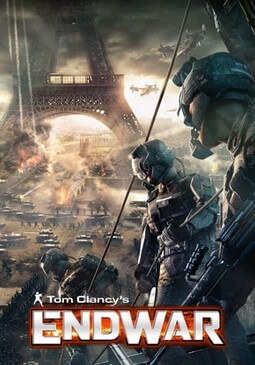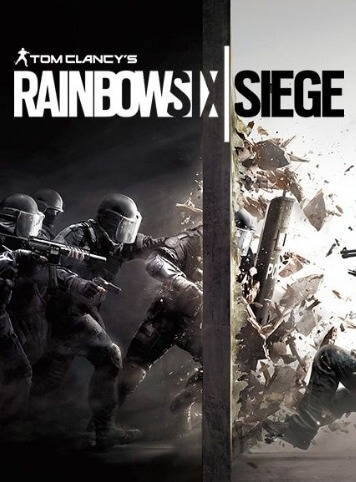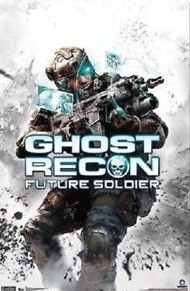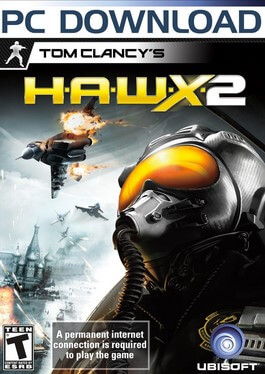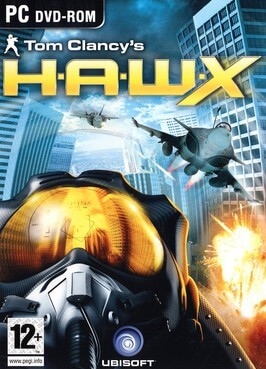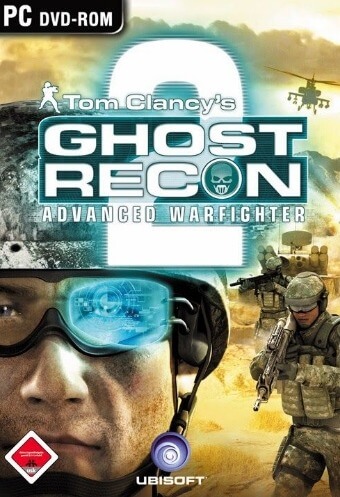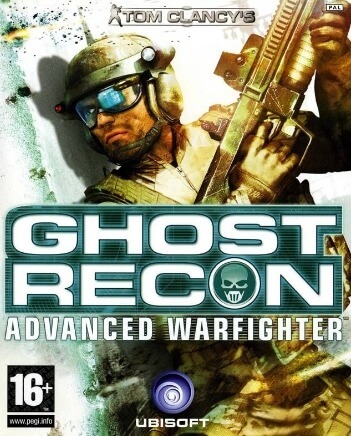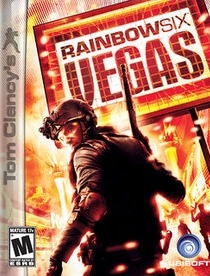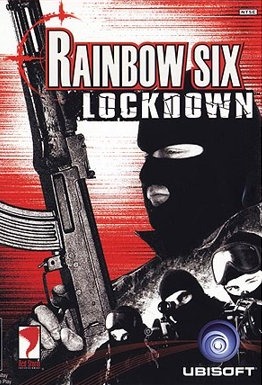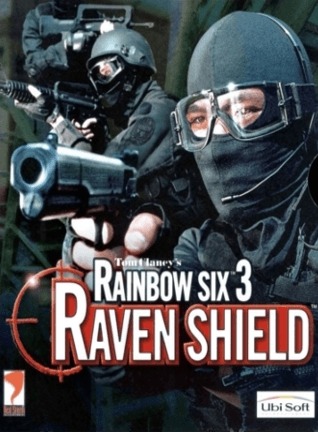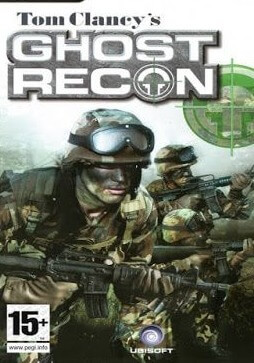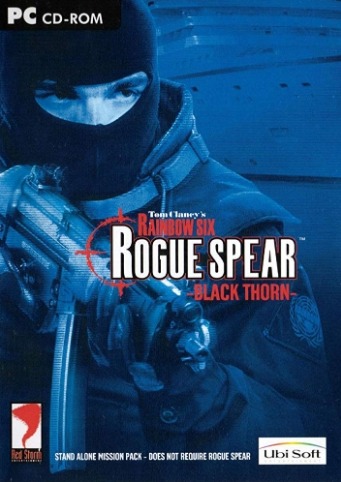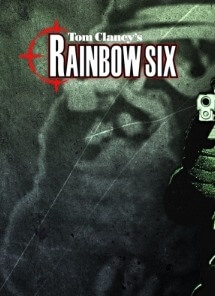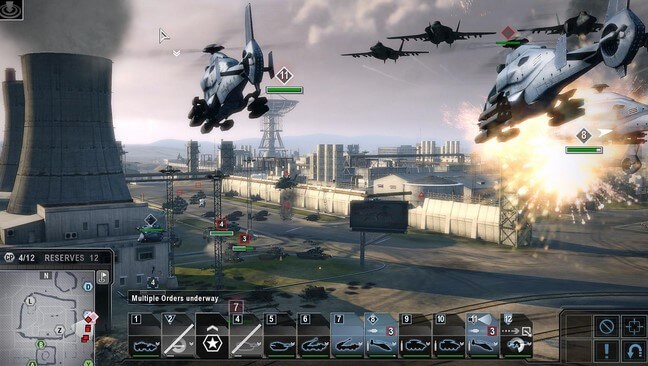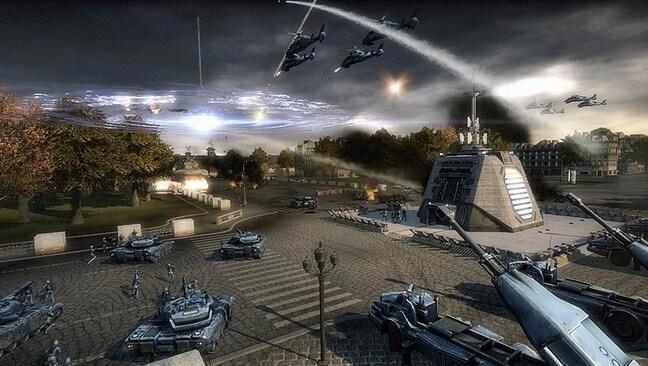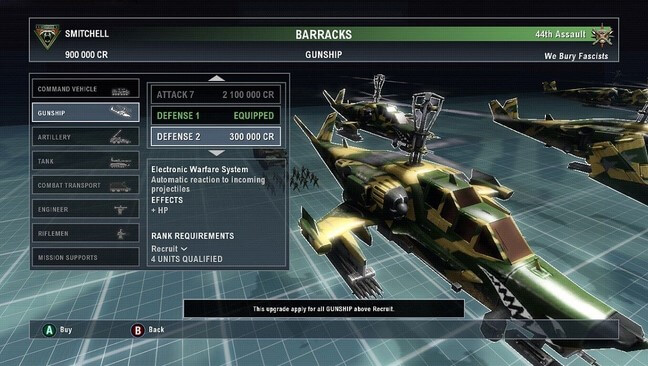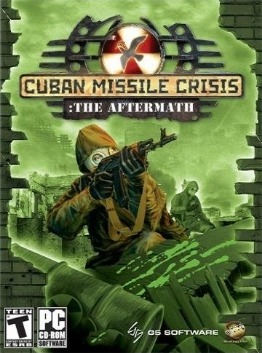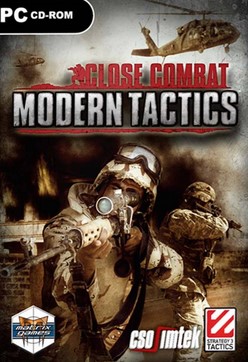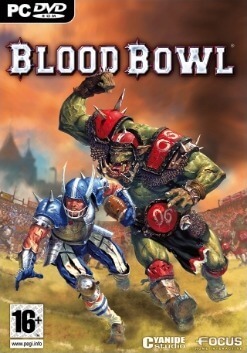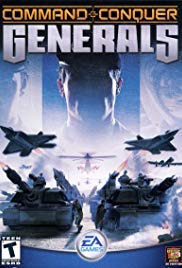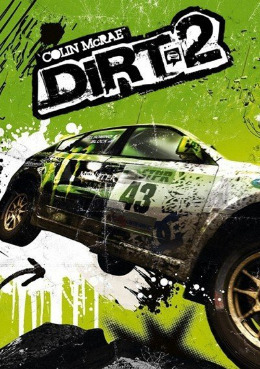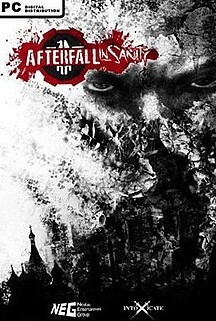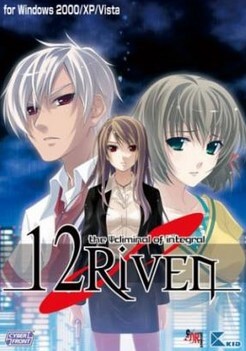As EF membership is restricted to only the richest entities in Europe, nations too weak to join the EF, notably those in the Balkans and Eastern Europe, collapse completely and are subsequently taken over by Russia, who refer to it as "their land." The U.S. and the EF regard each other's power as a threat to their own, and the fractured former allies embark on a costly space arms race with each other.
Russia, being the world's number one supplier of natural gas and crude oil, enjoys a massive economic boom as a result of the worldwide energy crisis. Its newfound wealth is spent on modernizing its military, creating its own missile defense system, and utilizing its power to influence world events.
The militarization of space reaches its peak in 2020, when the U.S. reveals plans to launch the Freedom Star space station in an effort to regain its position as the premier world superpower. While partly designed for civilian research purposes, the station will also house three companies of U.S. Marines, who can deploy anywhere on Earth within ninety minutes.
International reaction is very hostile, particularly from both Russia and the EF, who see the space station as a way in which the United States could neutralize their portion of anti-ballistic defenses and upset the balance of power. The EF withdraws from the already divided NATO in protest, causing the organization to collapse. Former NATO bases and facilities in Europe, such as Ramstein Air Base, are subsequently taken over by the EF.
Prelude to War
The prelude to war takes place before World War III and explains how the conflict began.
On March 23, 2020, EF uplink sites in the "lawless zone," where Croatia used to be, are attacked by an as-yet unidentified group of terrorists, who are using T-80 tanks, from a beached cargo ship. They are repulsed by EF Enforcers Corps (EFEC) forces. During the battle, the EF attempts to gain access to the cargo ship that the terrorists use, but the ship is destroyed before they can gain access. Details of the attack are kept secret.
On April 4, 2020, when the final module of the Freedom Star is set to launch from Kennedy Space Center amid international outcry, the same group of terrorists attack the module and attempt to destroy it, using the same methods as the Croatian attack. Once again they are repulsed, this time by the United States Joint Strike Force (JSF) as reports of yet another terrorist attack come in, this time of an assault on the Rozenburg petrol plant in the Netherlands. After being defeated by EFEC forces, the terrorists identify themselves as the "Forgotten Army," composed of people from a collection of failed states in the Balkans, Africa, and South America.
Following a final terrorist attack, this time on a Russian power plant near Minsk (an attack which the Russians had been aware of beforehand, but played along with for aesthetic purposes), the U.S. finds "conclusive evidence" that the EF's defense minister, François Pulain, funded the Forgotten Army with modern military equipment. Suspecting there to be a conspiracy within the European government to prevent the completion of the Freedom Star, the Americans send a black ops team to abduct Pulain while he inspects the uplink network in Copenhagen, the site of the EF's main naval base.
They manage to capture him, but an anonymous call by Russia informs the police of Denmark, allowing EFEC forces to prevent extraction and trap the team in one of the uplinks. On April 7, 2020, the U.S. crashes Copenhagen's uplinks and sends in JSF units to rescue the trapped team. The U.S. successfully repels the EFEC's first attack, but European forces are able to counterattack and reboot Copenhagen's uplinks in their favor. The JSF forces are forced to surrender and are allowed safe passage back to the US in exchange for releasing Pulain.
The events in Copenhagen spark a major international incident, but the U.S. and EF stop just short of declaring war. As last-minute peace talks are arranged to be held on neutral ground in London, it is revealed (to the player only) that Russia funded the Forgotten Army's attacks and planted the evidence against Pulain, citing the need to keep the EF and the U.S. from uniting in order to take Russia's oil. To ensure that war is sparked between the two powers, elements of Russia's Spetsnaz Guard Brigade (SGB) embark on a covert operation, disguised as Forgotten Army soldiers, to upload a virus into the European SLAMS network at Rovaniemi Airport in Finland.
The virus causes an EF orbital laser satellite to shoot down the new Freedom Lifter module during liftoff, thinking it to be an ICBM. The entire crew is killed, and news reports blaming problems from "malfunction" to "terrorist hijacking" to (finally) "EF satellite." This final act starts a war between the two powers. Russia initially joins the U.S. under the guise of "aiding it in its crusade against Europe" and invades EF-controlled Poland, but the Americans see this as an attempt to reform the Eastern Bloc and then attack Russia. World War III has begun.
World War III
World War III is an open-ended part of the story where the player chooses their faction and character and tries to take all three capitals or 28 battlefields.
The campaign plays much like Prelude to War with a few additional options. During World War III, between battles, the player has the option to choose between several battle locations. The battles that the player did not choose will be fought by the machine. Also, battles lost or quit by players cannot be replayed and the territory is lost, whereas in Prelude to War, players could retry each battle until successful. Players may upgrade their chosen battalion, with improved attack, defense, mobility, and ability characteristics.
At the conclusion of each campaign battle a summary screen is shown. This screen includes information including number of battalion units promoted, amount of credits (money) received, command rating, medals, mission duration, and a quote by a famous military leader. The player can gain a more in depth understanding of the battle summary by viewing the details screens, which provide a breakdown of statistics, ranking, etc.
During the course of the war, several background situations arise, such as adverse weather, conditions like typhoons causing people to become homeless and rescue teams being dispatched. There are also reports of protest against the war from around the world as well as by individual figures such as the Pope. These parts of the story are told via television reports. They also report the sinking of enemy shipping by airstrikes and weapons of mass destruction. As the war progresses, the leader of an opposing nation survives an assassination attempt, around Turn 15.
